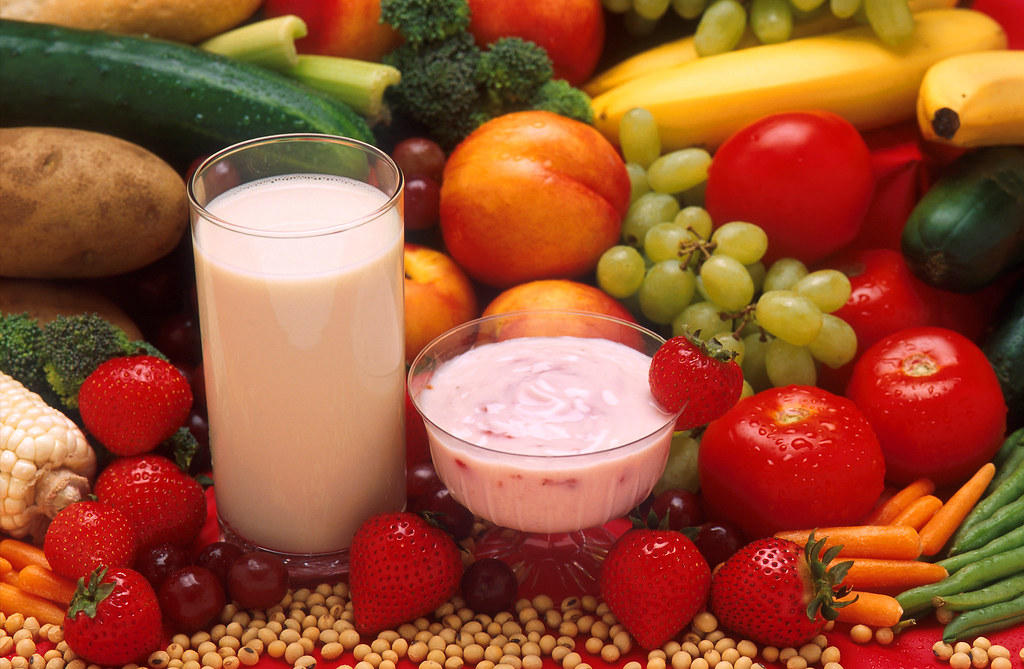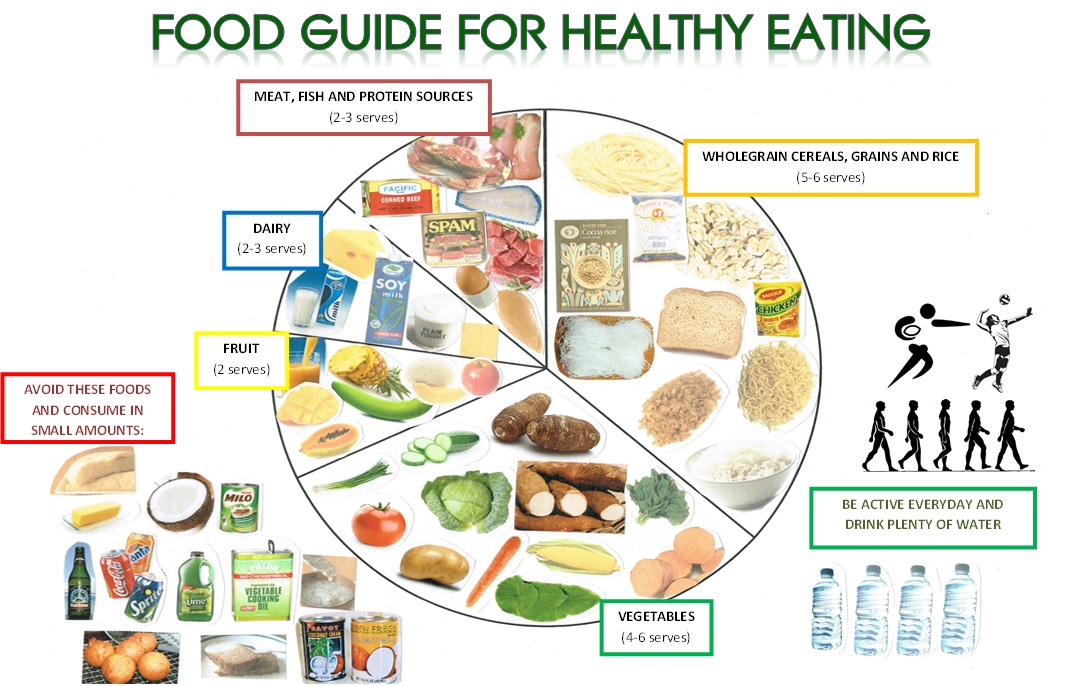
If you’re anything like most of us trying to eat a little healthier, you’ve likely heard the golden rules: pile on the vegetables and fruits, opt for whole grains, embrace lean protein, and steer clear of ultra-processed foods. Sound advice, right? But let’s be real, striving for a diet of fresh, whole foods 24/7 isn’t always, or even often, realistic in our busy lives. We grab what’s convenient, often assuming the ‘health halo’ on the packaging is telling us the whole truth.
Walk through any grocery store aisle, and you’re bombarded with labels screaming ‘low-fat,’ ‘organic,’ or ‘natural.’ These feel-good buzzwords are designed to catch your eye and make you feel good about your purchase. However, behind these enticing claims, many items are still quietly loaded with sugars, sneaky preservatives, or heavily processed ingredients that can effectively cancel out any purported health benefits. It’s not about fear-mongering; it’s about understanding where marketing stops and real nutrition begins. Some products truly wear a healthy mask while doing your body very few favors, if any at all.
We’ve all fallen for it, thinking we’re making a smart choice only to discover the reality is quite the opposite. From a quick grab-and-go snack to the latest trending diet food, it’s remarkably easy to be misled by items that appear beneficial but might actually be detrimental to your wellness goals. To help us navigate these tricky choices, we’ve gathered insights from Collin Popp, P.hD., a dietitian and assistant professor in the department of population health at the NYU Grossman School of Medicine. He’s here to shed light on some of the least healthy ‘health foods’ out there, helping us make more informed, genuinely nutritious choices.

1. **Protein Bars**
Protein bars have carved out a significant niche as a seemingly perfect solution for boosting protein intake and staving off hunger between meals. They promise convenience and fuel, making them a staple for many on the go. However, as Collin Popp wisely points out, not all protein bars are created equal, and many are far from the healthy ideal they often project.
Indeed, while bars crafted with whole-food ingredients and minimal additives can absolutely be a nutritious addition to your diet, a surprising number of popular options are nutritionally akin to a candy bar, albeit with a few extra grams of protein. These highly processed bars frequently contain unhealthy fats, such as palm oil, an abundance of added sugars, and a long list of artificial ingredients that can undermine your health goals.
Popp further explains a common deceptive practice: the inclusion of ‘less beneficial plant protein.’ These often come in the form of processed soy proteins or isolates. He observes, “They don’t even put a lot in, so they’ll say it’s high protein, but it’s maybe 8 grams.” This means you might be consuming a highly processed snack, believing it’s a protein powerhouse, when its actual protein contribution is quite modest and its other ingredients are less than desirable.
So, how do you pick a genuinely beneficial protein bar? The key is to become a label detective. Popp advises seeking out bars that deliver at least 10 grams of protein, ideally sourced from whole foods like nuts, seeds, or eggs. He also notes that “Whey protein can also be healthy.” Additionally, look for bars that offer a few grams of gut-healthy fiber, keep the added sugar to a minimum, and feature a shorter, more recognizable ingredient list. Making these deliberate choices can transform your protein bar from a potential sugar trap into a truly supportive snack.
Read more about: 14 Things Nutritionists Really Wish You’d Stop Eating for Breakfast

2. **Bottled Protein Shakes**
Following closely in the footsteps of protein bars are bottled, store-bought protein shakes, which similarly market themselves as a quick and effortless path to meeting your protein requirements. They are undeniably convenient, especially when you need a swift meal or snack on the fly. As Popp notes, “They’re quick and easy, (especially) if you haven’t had anything to eat.”
However, this convenience often comes at a cost, primarily in the form of hidden added sugars, artificial sweeteners, and a surprising number of calories. Despite often being marketed as low-fat options, these shakes are frequently subjected to extensive processing. Popp cautions, “Even though usually they are lower in fat, they are very processed,” highlighting that their smooth texture and extended shelf life often rely on a host of artificial components.
The healthier alternative, if you truly need a protein boost, is to take a more hands-on approach. Opt for a high-quality protein powder with minimal added sugar and mix it yourself with water or milk. Better yet, incorporate it into a homemade smoothie where you control every ingredient. This ensures you’re getting pure protein without the unnecessary additives and excessive sugars found in many pre-made options.
It’s also worth considering if you even need these supplemental drinks. If your regular diet is already rich in protein-packed whole foods, adding extra liquid protein might be superfluous. However, for individuals engaged in strength training or those who genuinely struggle to consume enough protein through whole foods, they can serve as a useful dietary supplement. Popp advises a balanced approach: “I always tell people, keep it in moderation, or use it as a last resort,” underscoring that while they have their place, they shouldn’t replace a diet built on whole, unprocessed foods.
Read more about: Beyond the Cart: 14 Overpriced Grocery Items Frugal Shoppers Are Skipping to Save Big
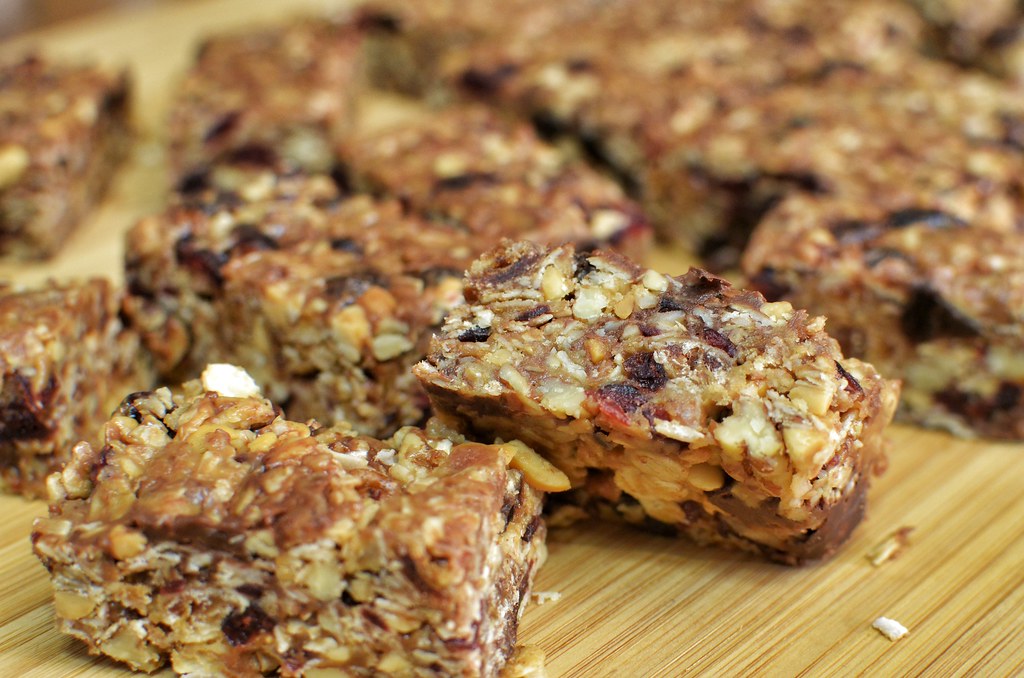
3. **Granola Bars**
Granola bars appear to be the epitome of a healthy, satisfying, and delicious snack. With visible ingredients like rolled oats, nuts, seeds, and dried fruit, they naturally convey an image of wholesome goodness. It’s easy to assume that because you can see these natural components, the bar itself must be a beacon of health. Granola can indeed be healthy, offering protein, fiber, beneficial fats, and essential vitamins.
Yet, this perception can be misleading, and selecting your granola bars requires careful consideration. Popp warns, “Some of the granola bars out there are just oats with added sugars in a bar form, so they’re not the best for you.” This means that many commercially available granola bars are essentially glorified candy bars, where the nutritional benefits of oats are overshadowed by an abundance of sweeteners.
Beyond the sugar, these bars can also contain unhealthy saturated fats from added oils, significantly increasing their calorie density. Despite the presence of visible grains or seeds, Popp emphasizes that many granola bars are still highly processed. This processing can strip away valuable nutrients and leave you with a product that offers little more than a quick sugar rush and empty calories.
To make a truly healthy choice, scrutinize the labels. Opt for granola bars that feature a diverse array of healthy whole grains, such as oats, amaranth, barley, buckwheat, and quinoa. Prioritize options that include beneficial seeds like chia, pumpkin seeds, and flaxseeds, and most importantly, have minimal added sugar or oils. Better yet, consider making your own granola bars at home, where you have complete control over the ingredients and can ensure they are genuinely nutritious.
Read more about: 14 Things Nutritionists Really Wish You’d Stop Eating for Breakfast
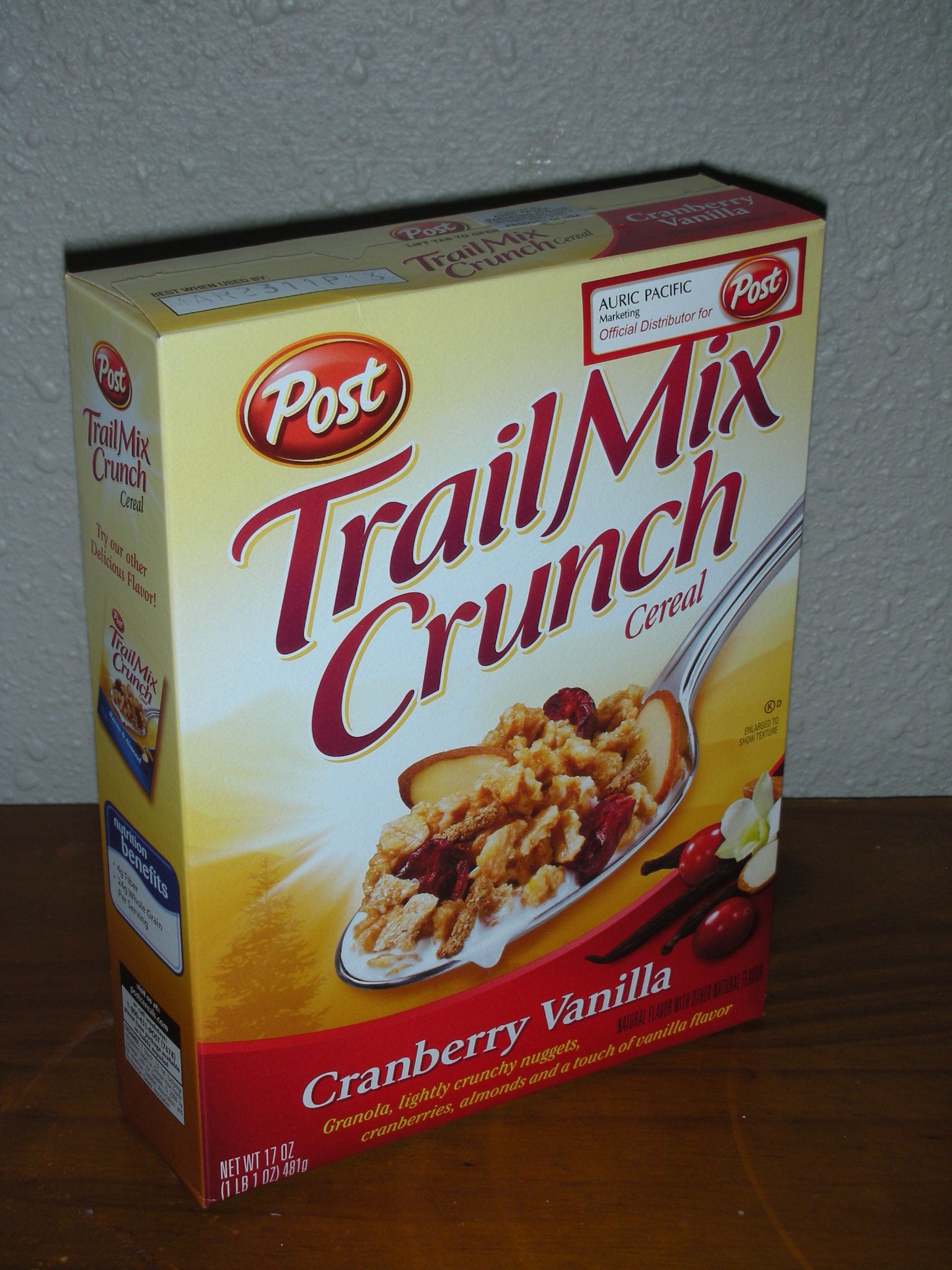
4. **Trail Mix**
Trail mix, with its appealing blend of nuts, seeds, and dried fruits, often presents itself as the ultimate healthy, energizing snack for people on the go. The combination seems intuitively wholesome, suggesting a nutrient-dense fuel source for any activity. However, much like other seemingly healthy options, trail mix has its deceptive side, which can easily diminish its nutritional value.
Collin Popp points out a common pitfall: “trail mix can also have lots of added sugars, or it’s just a way to disguise chocolates in a healthy way.” Many of the store-bought varieties are not only high in sugar but also laden with sodium and calories. This means that while they might appear to be a smart snack choice, they can quickly contribute to an excessive intake of less healthy ingredients. Popp advises, “They may appear healthier, but they’re really not, so you have to be careful.”
It’s crucial to be wary of the common additions found in commercial trail mixes. These often include calorie-dense and sugar-filled components such as chocolate candies, overly salty pretzels, and tangy yogurt bits. These extras, while making the mix more palatable to some, significantly detract from its health benefits, turning a potentially nutritious snack into something closer to a dessert or junk food.
To ensure your trail mix genuinely supports your health, consider making your own. This simple act of mixing a few store-bought ingredients at home gives you full control. Opt for unsalted nuts, which are rich in protein and healthy fats, and combine them with fiber-filled seeds and unsweetened dried fruit. For an antioxidant boost, you might even add a few dark chocolate chips. Remember, keeping portions small is also key to preventing overconsumption of calories, making your homemade trail mix the truly healthy snack it’s meant to be.
Read more about: Are You That Driver? Unmasking the 12 Road Trip No-Nos That Annoy Passengers and Police Alike.
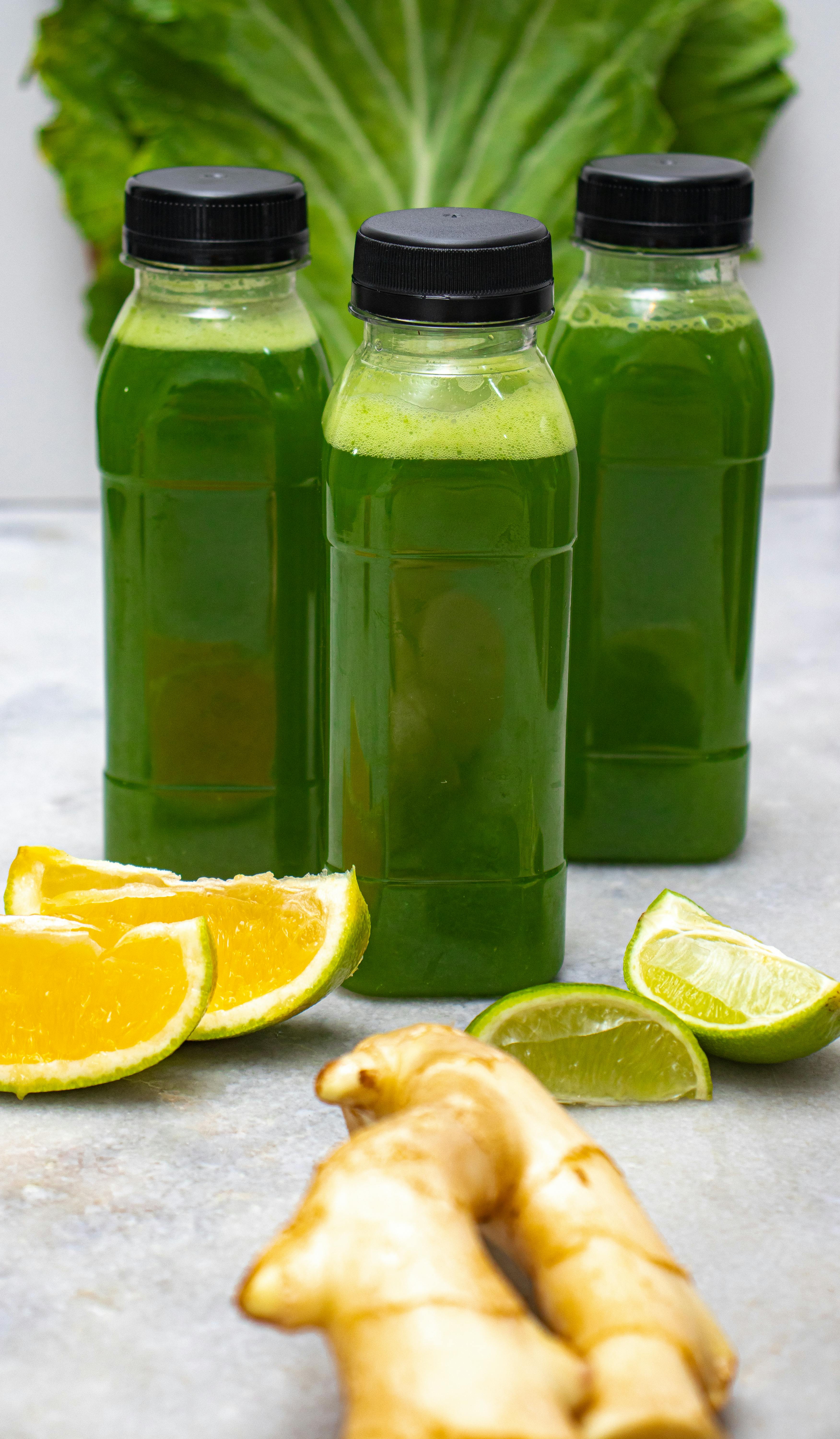
5. **Bottled Green Juices / Fruit Juices**
Bottled green juices are frequently positioned as superior alternatives to traditional fruit juices, implying a concentrated dose of vitality. It’s true that many varieties boast an impressive array of fruits and vegetables, which, “for the most part,” are healthy, as Popp acknowledges. Some certainly provide a beneficial blend of vitamins, minerals, and antioxidants.
However, the marketing often conceals a critical truth: many of these drinks are surprisingly high in sugar, whether naturally occurring from fruit or added during processing. More importantly, these pressed juices are often stripped of macronutrients that are crucial for satiety and digestive health. Unlike the whole fruits and vegetables they originate from, they contain very little, if any, fiber or protein.
Popp succinctly explains this deficiency: “With the juices especially, they end up taking out the really beneficial things, so they are processed, and you’re just getting (carbs) and sugars for the most part.” This means you’re essentially consuming a quick hit of sugar without the fibrous bulk that would slow absorption and make you feel full. A single glass of 100% fruit juice can surprisingly contain as much sugar as a can of soda.
Furthermore, the liquid form of juice allows for rapid consumption, which can lead to quick calorie intake and spikes in blood sugar levels. Popp highlights, “The other issue with juices is you can drink them pretty quickly, so people can consume a lot of calories rapidly.” When choosing bottled green juice, prioritize those with real fruits and vegetables listed as the very first ingredients and absolutely no added sugars. It’s also vital to steer clear of unpasteurized fresh juices, often labeled ‘raw’ or ‘cold-pressed,’ as they haven’t been treated to eliminate potentially harmful bacteria, according to the U.S. Food and Drug Administration. For true benefits, eating the whole fruit is always more satisfying and provides your body with more to work with.
Read more about: Unmasking the Sugar Traps: 14 Unexpected Foods Secretly High in Sugar (and How to Avoid Them)

6. **Veggie Chips / Veggie Chips and Straws**
In a world increasingly conscious of vegetable intake, veggie chips, straws, and puffs have emerged as seemingly virtuous alternatives to conventional crisps. They often come in an appealing spectrum of nutritious-looking colors and feature powdered vegetables, leading many to believe they are a genuinely healthier snack choice than regular potato chips. However, this perception can be significantly misleading.
While some veggie chips may not be an inherently bad choice, their nutritional value heavily depends on the brand and the specific ingredients used. Popp reveals the trickery behind the ‘veggie’ label: “They’re in a (vegetable) disguise, because when you actually look at the ingredients, rice or corn is usually first ingredient.” He explains that these products often leverage “almost the byproducts of the vegetables themselves,” rather than whole, fresh vegetables.
This means that instead of consuming actual sticks of raw carrots or celery, you’re primarily getting powdered, processed vegetables. Popp emphasizes the significant loss involved: “Many of the vitamins and minerals and the fiber gets removed, which is one of the main benefits of eating pure vegetables.” Consequently, you lose out on the very nutrients that make vegetables so beneficial in the first place.
To add to the disappointment, many varieties of veggie chips can still contain similar amounts of sodium, fat, and calories as their potato chip counterparts. They are often just as processed and salty, offering minimal actual vegetable nutrition. For a truly healthy, crunchy bite, it’s always wiser to opt for real, fresh vegetables like carrots and celery sticks, or even roasted chickpeas. These provide genuine nutrients and satisfaction without the deceptive packaging.
Read more about: Beyond the Buzz: Inside the Energy Drink Industry’s Transformative Leap Towards Sustainable Packaging and a Greener Future

7. **Plant-Based Meats / Deli Meats**
For those adhering to a plant-based diet, meat alternatives can be a godsend, offering a way to satisfy cravings for a burger or bolognese without animal products. Similarly, deli meats like turkey, ham, and roast beef often appear as lean, clean, and convenient protein sources. However, both categories carry their own set of nutritional caveats that are often overlooked.
When it comes to plant-based ‘meats,’ they aren’t always the healthiest choice, especially when compared to whole, unprocessed plant-based protein sources or lean animal proteins like fish or chicken. These alternatives commonly feature soy, pea, and wheat-gluten proteins, or a combination thereof. While these base ingredients aren’t inherently bad, Popp stresses that “these are still processed,” meaning they’ve undergone significant industrial transformation from their original forms.
On the positive side, many plant-based meats can provide a good amount of protein, are naturally cholesterol-free, and often lower in saturated fat than their animal counterparts. Yet, this often comes with a trade-off: they can be notably high in sodium and unhealthy fats from added oils. They frequently contain artificial flavorings designed to mimic the taste of meat and various additives to achieve the desired texture, moving them away from a whole-food profile.
Regarding deli meats, while they seem lean, most commercial varieties are alarmingly high in sodium and contain preservatives like nitrates, which have been linked to health risks including heart issues and certain cancers with long-term consumption. Even options marketed as ‘natural’ can harbor hidden additives and flavor enhancers. While plant-based meats and deli meats can be part of a healthy diet in moderation, it’s crucial to be mindful of your sodium intake and prioritize whole food sources of plant-based protein such as legumes, beans, nuts, and whole grains like quinoa. For deli meats, look for low-sodium, nitrate-free options or, even better, cook and slice your own protein from whole cuts to ensure genuine nutritional integrity.
Read more about: 14 Things Nutritionists Really Wish You’d Stop Eating for Breakfast
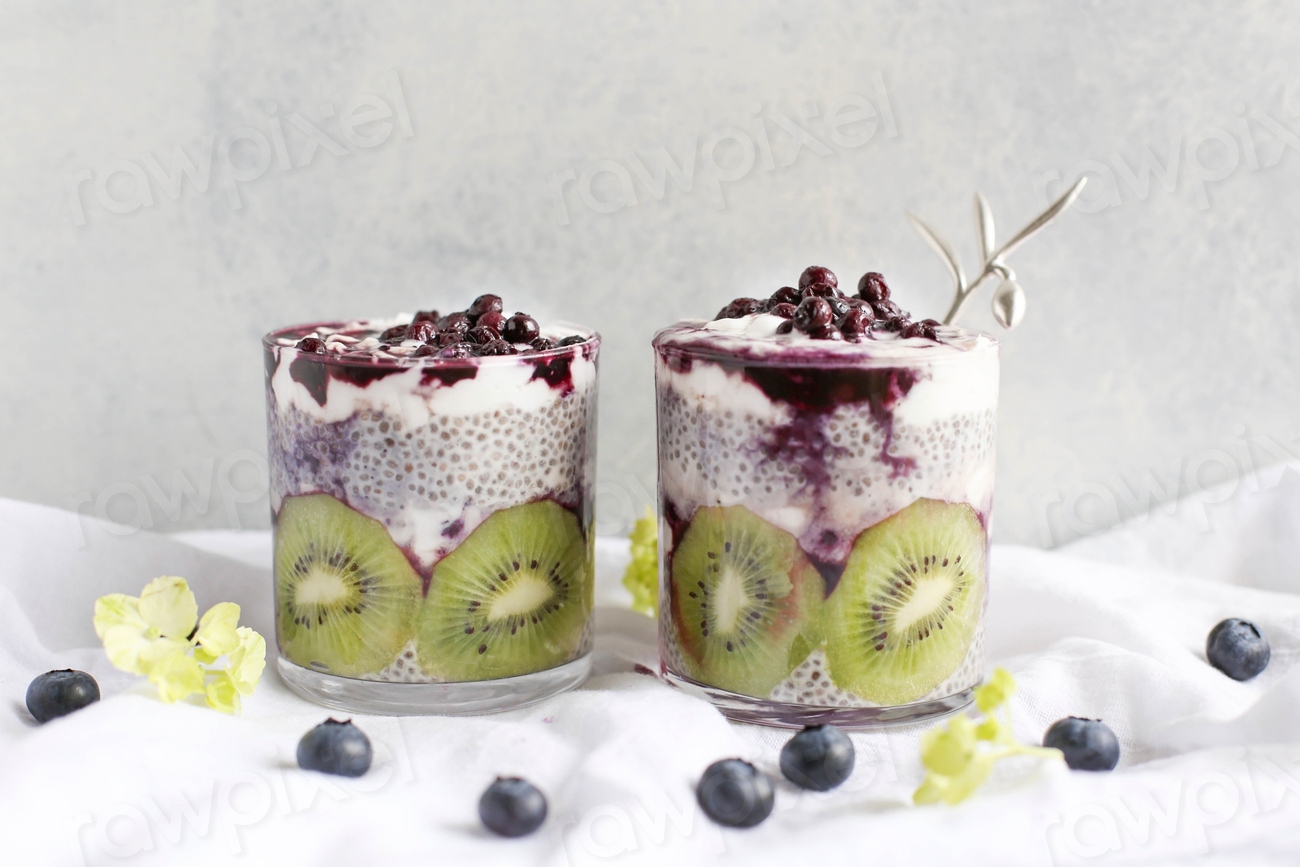
8. **Flavored Yogurts**
Yogurt is often associated with good gut health and these versions typically boast fruit. However, the reality behind many of these seemingly nutritious options can be a far cry from what the marketing suggests, often disguising dessert-level sugar behind that ‘probiotic halo’. It’s a common trap, making consumers believe they’re making a virtuous choice when, in fact, they’re stepping into a sugary minefield.
Indeed, many flavored yogurts are not only packed with added sweeteners and artificial flavors, but they also contain barely any real fruit. While they might taste delicious and provide a quick treat, the sugar content is usually alarmingly high, effectively negating any potential health benefits. It’s not uncommon for a single serving of flavored yogurt to rival the sugar content found in a small can of soda, turning a supposed healthy snack into a sugary indulgence.
Some flavored yogurts are also marketed as ‘low-fat,’ which sounds like an advantage. However, when fat is removed, sugar is often added to maintain taste and texture. This means you might be choosing a ‘low-fat’ option thinking it’s healthier, but you’re consuming more sugar and potentially fewer beneficial fats. This clever substitution ensures the product remains palatable, but at a nutritional cost to you.
For a genuinely nutritious alternative, consider opting for plain Greek yogurt. This allows you to regain control over what goes into your snack. You can then enhance its flavor and nutritional profile naturally by adding your own fresh fruits, a sprinkle of nuts, or a dash of cinnamon. This simple swap not only cuts down on unnecessary added sugars but also provides more protein and often, a richer, more satisfying taste without the hidden extras.
Read more about: 14 Things Nutritionists Really Wish You’d Stop Eating for Breakfast
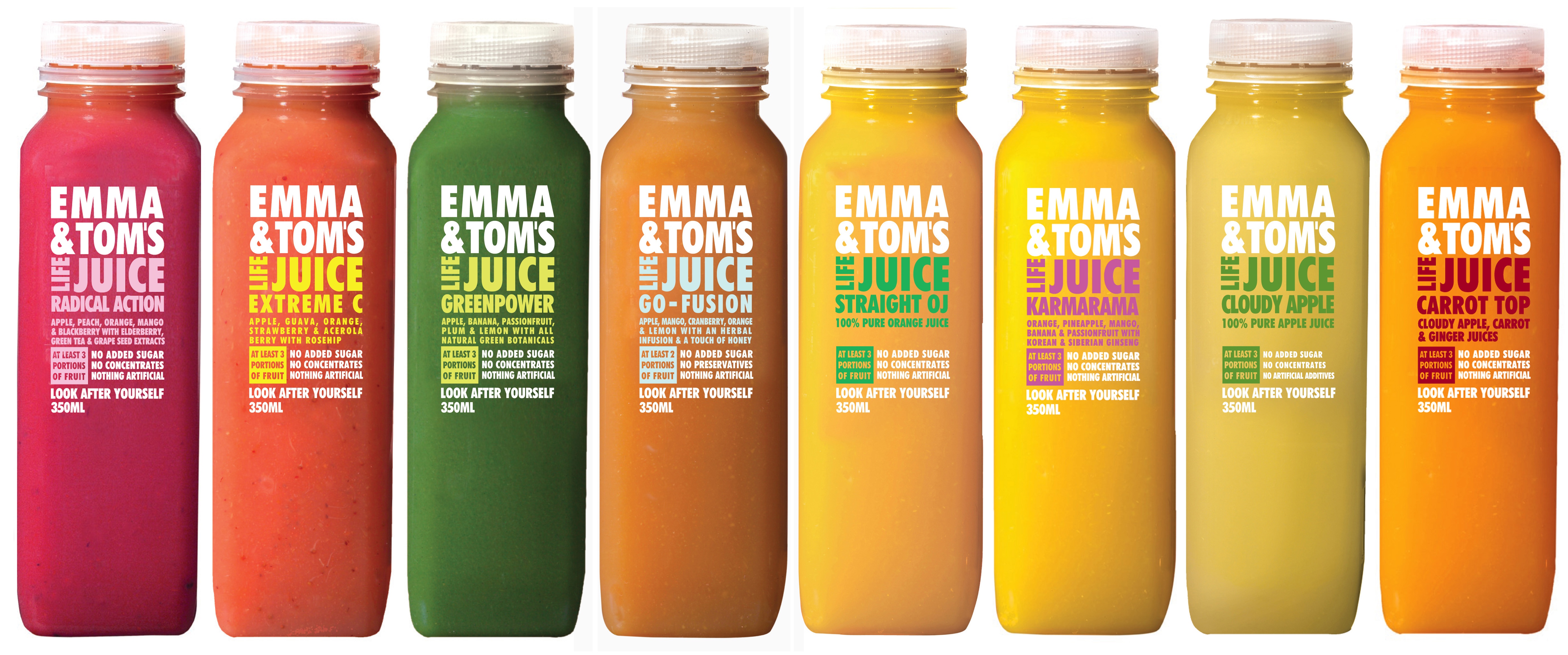
9. **Bottled Smoothies**
Bottled smoothies offer undeniable allure: a convenient, seemingly healthy fix promising a concentrated dose of fruits and vegetables on the go. Marketed as quick health solutions, they’re designed for busy individuals. Yet, this convenience often comes at a steep nutritional cost, turning these drinks into a sugar trap rather than a genuine health booster. It’s a classic case of appearance versus reality in the health food aisle.
Many commercially bottled smoothies are not crafted from whole fruits, but rather rely heavily on fruit juice concentrates. This distinction is crucial because when fruits are juiced, much of their beneficial fiber is stripped away. What remains is a liquid dense in natural sugars but lacking the fiber that helps regulate blood sugar absorption and promotes satiety. Consequently, you end up drinking more sugar and fewer of the wholesome nutrients you might expect.
It’s truly eye-opening to check the labels: some bottled smoothies contain a staggering 40–50 grams of sugar in a single serving. Even those cleverly marketed as ‘green’ versions can be misleading, with greens often appearing low on the ingredient list, overshadowed by sugary fruit bases or added sweeteners. These drinks, particularly in large portions or when enhanced with calorie-dense additions like syrups, peanut butter, or chocolate, can quickly become calorie bombs.
The most effective way to ensure your smoothie genuinely supports your health goals is to make it yourself at home. This approach empowers you to control every ingredient, ensuring you use whole fruits and vegetables, keeping the fiber intact, and managing the sugar content. By adding greens, limiting overly sugary fruits, and being mindful of portion sizes, you can craft a balanced and truly nutritious drink that offers real benefits without the hidden downsides of its bottled counterparts.
Read more about: 14 Things Nutritionists Really Wish You’d Stop Eating for Breakfast
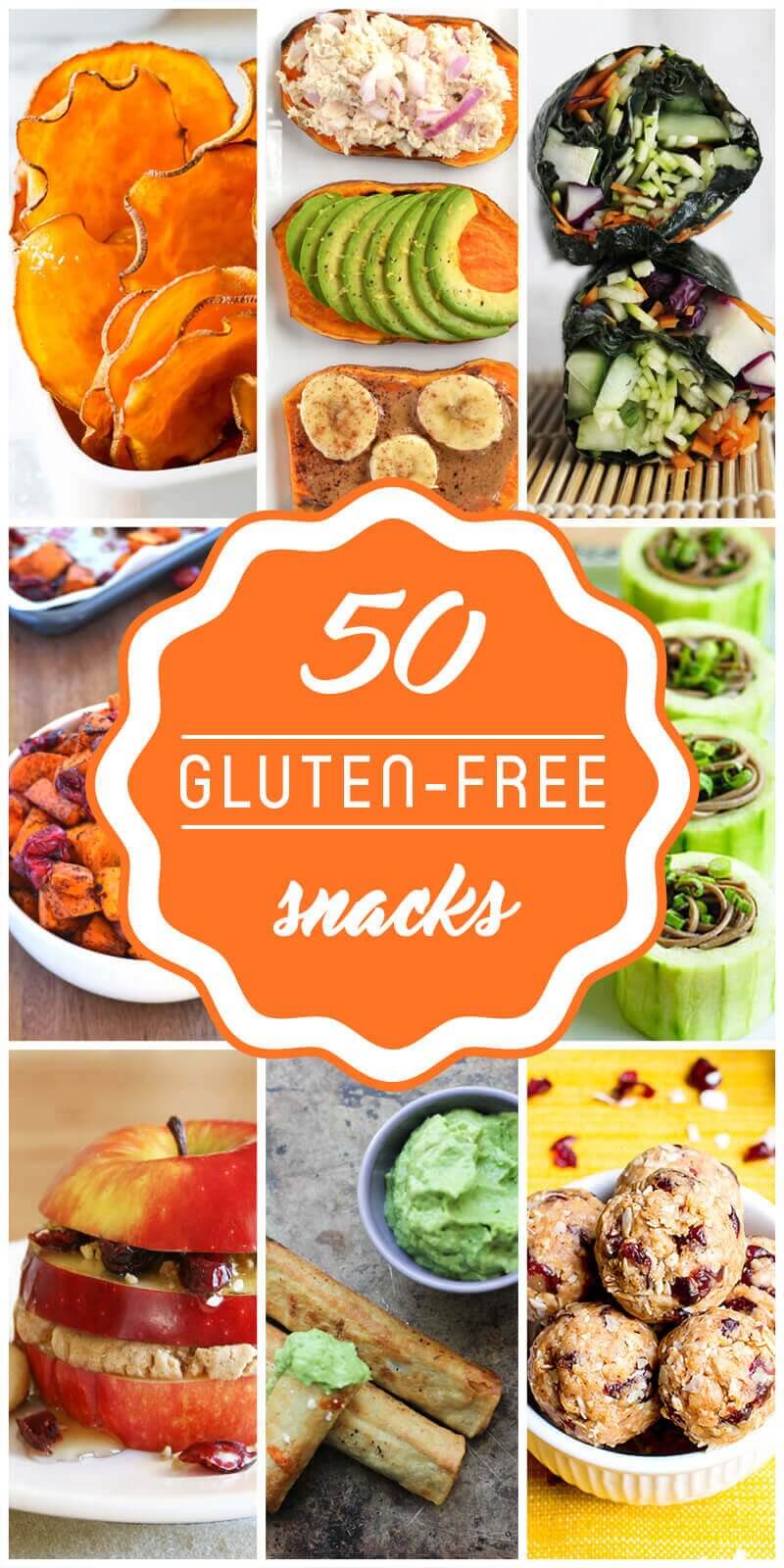
10. **Gluten-Free Snacks**
The ‘gluten-free’ label often acts as a health halo, leading consumers to believe any product bearing it is automatically healthier. This perception drives sales, even among those without a diagnosed gluten intolerance. However, this assumption can be a significant nutritional misstep, as the absence of gluten does not inherently equate to a healthier product.
In reality, many gluten-free snacks, including cookies, crackers, and various treats, are crafted with refined starches and a surprising amount of added sugars and fats. These ingredients are frequently used to compensate for the loss of texture and flavor that gluten provides. The result is often a snack that, despite being gluten-free, can be nutritionally inferior, offering little in the way of beneficial nutrients and often leading to quick spikes in blood sugar.
Research, including studies from academic institutions, has highlighted this concern, noting that Canadian packaged gluten-free foods are often less nutritious than their regular gluten-containing counterparts. Similarly, analyses of the Norwegian market have revealed that the nutritional quality of gluten-free products can be lower, even when costs are higher. These findings underscore the importance of looking beyond the ‘gluten-free’ claim alone.
For those genuinely seeking a nutritious, gluten-free diet, the most beneficial approach is to choose whole, naturally gluten-free foods. Think vibrant fruits, crisp vegetables, lean proteins, and wholesome grains like quinoa and brown rice. It’s crucial to read ingredient lists diligently, scrutinizing labels for added sugars, refined starches, and unhealthy fats. Being gluten-free doesn’t excuse poor ingredient quality, and making informed choices is paramount for true wellness.
Read more about: Beyond the Basics: 14 Forgotten Emergency Foods That Are Smart Buys for Modern Preppers

11. **Sports Drinks**
For many active individuals, sports drinks are a go-to beverage, marketed heavily as essential for replenishing electrolytes and hydrating. Their vibrant colors and bold claims suggest necessary fuel for peak performance. However, for most everyday activities, these drinks are far from a healthy choice, often bringing more downsides than benefits. It’s a classic marketing move designed to capture a broad audience, not necessarily to cater to individual needs.
The primary concern with sports drinks lies in their typically high levels of added sugar and artificial colors. While they might contain electrolytes like sodium and potassium, which are indeed lost during intense, prolonged workouts, the sheer volume of sugar often outweighs this benefit for anyone not engaging in strenuous, endurance-based activities. For the average gym-goer or recreational athlete, this sugar intake is largely unnecessary and can contribute to unwanted calorie consumption.
Experts emphasize that for regular hydration needs, particularly after moderate exercise, plain water is almost always the best and most suitable option. Water effectively rehydrates the body without introducing a barrage of sugars or artificial ingredients. Sports drinks are generally best reserved for very specific scenarios, such as prolonged, strenuous activities lasting more than an hour, or in extreme heat where significant electrolyte loss occurs.
If you find yourself needing an electrolyte boost beyond water, but wish to avoid the excessive sugars and artificial additives in traditional sports drinks, there are healthier alternatives. Consider using electrolyte tablets dissolved in water, which allow you to control the sugar content, or opting for natural sources of electrolytes like coconut water, though even then, moderation is key. Understanding when and why you need a sports drink versus simply water can make a substantial difference in your overall health and hydration strategy.
Read more about: Unpacking the Power: How Celebrity Endorsements Shape Your Everyday Purchases

12. **Instant Oatmeal**
Instant oatmeal packets are synonymous with convenience, offering a quick breakfast solution. The image of hearty oats projects an aura of health. Yet, like many other ‘unhealthy health foods,’ the convenience of instant oatmeal often comes at the expense of genuine nutritional value. It’s a rapid fix that can subtly undermine your wellness goals without you even realizing it.
While oats themselves are a wonderfully nutritious whole grain, instant varieties frequently contain a surprising amount of added sugars and artificial flavors. These additions are incorporated to enhance taste and appeal, turning what should be a simple, fiber-rich breakfast into a less beneficial, often sugar-laden, meal. These extra sugars mean instant oats digest faster than their rolled or steel-cut counterparts, leading to quicker blood sugar spikes and less sustained energy.
The convenience factor also means that these packets often have minimal fiber compared to traditional oats. The processing that makes them ‘instant’ can reduce some of the beneficial properties of whole grains. So, while you might be getting some whole grain goodness, you’re missing out on the full spectrum of nutrients and the steady energy release that makes plain oats such a powerful breakfast choice.
For a truly wholesome and satisfying breakfast, bypassing the instant packets and opting for plain rolled or steel-cut oats is a far superior choice. While they may take a few extra minutes to prepare, the control you gain over ingredients is invaluable. You can then personalize your bowl with fresh fruits, a sprinkle of nuts, seeds, or a dash of natural spices like cinnamon, without the unnecessary sugar bomb. This simple switch ensures you’re starting your day with genuinely beneficial nutrients.
Read more about: 14 Things Nutritionists Really Wish You’d Stop Eating for Breakfast

13. **Salad Dressings**
Salads are often championed as the epitome of healthy eating—a vibrant bowl packed with fresh greens, vegetables, and lean proteins. While salads offer immense health benefits and help reduce calorie intake, even the healthiest can be surprisingly undone, or transformed into a calorie-dense meal, by the dressing itself. This often-overlooked addition holds the power to negate all your good intentions.
The problem with many store-bought salad dressings, particularly creamy or even ‘light’ versions, lies in their often-hidden ingredients. These can include high fructose corn syrup, soybean oil, and a host of preservatives. It’s not uncommon for vinaigrettes, which seem like a healthier choice, to also sneak in significant amounts of added sugar. These additions can quickly add up, turning a nutritious meal into one laden with unhealthy fats, excess sugars, and unwanted calories.
For instance, fat-free salad dressings may seem appealing due to their low-fat claim, but they frequently compensate by packing in added sugars and artificial flavors. This means you might be avoiding fat, only to replace it with components that are equally, if not more, detrimental to your health goals. The intention to make a salad healthier can be completely negated by a poor dressing choice, highlighting the need for vigilance.
To ensure your salad remains a genuinely healthy and beneficial meal, the most effective strategy is to prepare your own dressing at home. A simple vinaigrette made with quality olive oil, a preferred vinegar (like balsamic or apple cider), and fresh herbs and spices offers a clean, flavorful, and nutritious option. This homemade approach gives you full control over ingredients, allowing you to avoid unnecessary sugars, unhealthy oils, and artificial additives, ensuring your salad truly serves your wellness journey.
Read more about: The Truth About Cooking Oils: Which Ones Fuel Inflammation and How to Make Healthier Swaps
14. **Reduced-Fat Foods**
The concept of ‘reduced-fat’ foods emerged from a belief that all fat is detrimental, leading consumers to seek out these products. Often perceived as healthier, they promise the same taste with fewer calories. However, the ‘reduced-fat’ claim can be one of the most misleading on grocery store shelves, deserving careful scrutiny. It’s a prime example of how a simple label can mask a complex nutritional reality.
It’s crucial to understand that ‘reduced-fat’ is not synonymous with ‘fat-free’ or ‘low-fat.’ These distinctions are vital for making informed choices. A ‘reduced-fat’ product simply means it contains at least 25 percent less fat than its regular version. This sounds good, but if the original product was already very high in fat, a 25% reduction might still leave it with a substantial amount, and it could still be far from a genuinely ‘low-fat’ option.
Moreover, the process of reducing fat often involves adding other ingredients to maintain taste and texture. This frequently means replacing fat with added sugars, refined carbohydrates, or artificial fillers. As one study noted, the consumer response to ‘low-fat’ food with high sugar content can be profoundly misleading, creating a ‘health halo’ that obscures the true nutritional profile. This trade-off can make the ‘reduced-fat’ version nutritionally worse than its full-fat counterpart, especially when healthy fats are removed and replaced with unhealthy sugars.
True ‘low-fat’ items contain three grams of fat or fewer per serving; ‘fat-free’ means less than half a gram. When encountering a ‘reduced-fat’ label, always exercise caution. Don’t be swayed by the simple claim; instead, dive into the nutrition label to understand fat content, added sugars, and the overall ingredient list. Prioritizing whole, unprocessed foods, with naturally occurring and often beneficial fats, is usually a superior strategy for genuinely nutritious eating.
Read more about: Beyond the Hype: 15 Diet Fads That Unravel the Truth About Lasting Weight Loss
We’ve peeled back the layers of marketing hype, revealing that many foods masquerading as healthy are, in fact, silently sabotaging our wellness goals. From the deceptively sweet embrace of flavored yogurts to the hidden sugars in our seemingly quick breakfasts, the journey to genuinely nutritious eating demands vigilance and a sharp eye for labels. It’s a reminder that knowledge is our most powerful tool in the grocery store, empowering us to see beyond the buzzwords and make choices that truly nourish our bodies. Let’s commit to becoming ingredient detectives, prioritizing whole, unprocessed foods, and enjoying the real benefits of eating smart.

